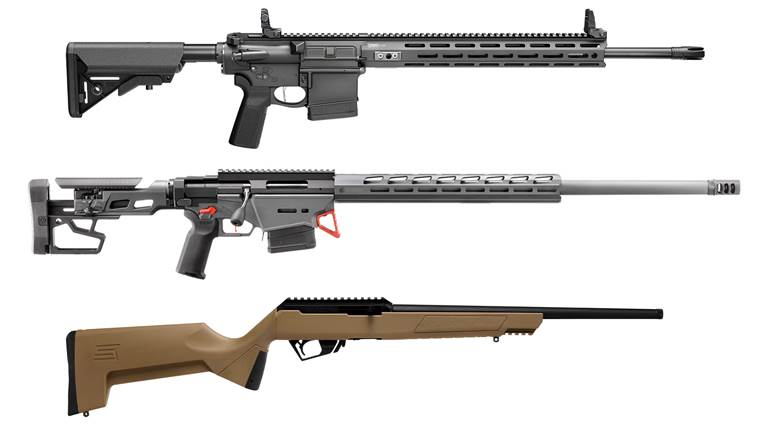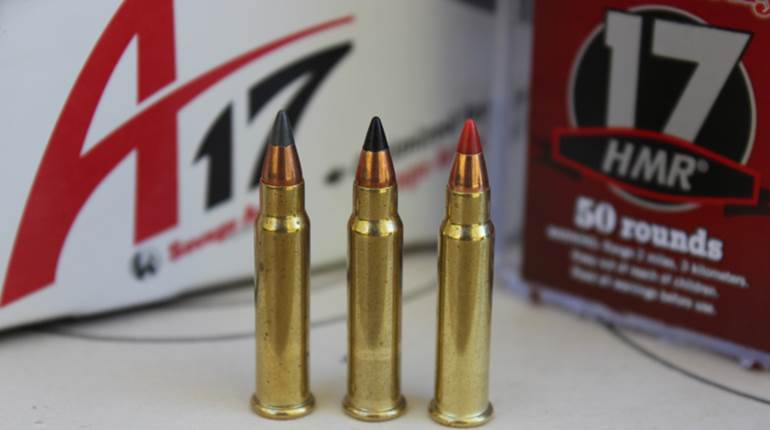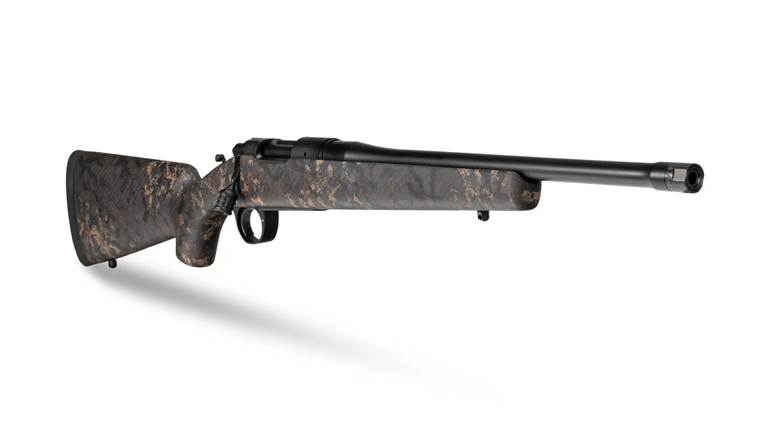
The term “tactical .22 rifle” is essentially an oxymoron. It’s unlikely that a single military or police force on Earth uses .22 Long Rifle arms for small-scale combat operations, at least as primary guns. Nevertheless, this burgeoning class of firearms has taken hold in recent years in the civilian market. With origins dating back to the ever-modular Ruger 10/22, perhaps the most accessorized gun on the planet, up through today’s AR-15 look-alikes, these guns have found a welcome place in the cabinets of varmint shooters, beginning marksmen, and of course those who like to shoot all day with inexpensive, readily available ammunition. And with a generous amount of features previously unseen on .22 Long Rifle semi-automatics, this new class of rifles is well-deserving of a closer look.
For brevity’s sake not every .22 rimfire conversion or .22 Long Rifle tactical-style gun could be covered. But a number of newer models that offer some unique options in a variety of packages were chosen, each with its strengths and weaknesses.
All of these are blowback-operated, semi-automatic, magazine-fed, dedicated .22 Long Rifle arms, and all incorporate varying degrees of polymer and light alloy components. It’s important to emphasize “dedicated .22,” since some .22 conversion kits do not include barrels suitable for .22 Long Rifle ammunition. Rather, they rely on use of the parent gun’s original barrel. The result can be excessive fouling and poor accuracy. Each manufacturer models its gun after a full-size, center-fire rifle or carbine. Picatinny rails abound, and most examples accept a variety of aftermarket stocks, grips and other accessories.
Conclusion
In general the guns performed well, despite some lower-end accuracy and the occasional failure to feed. Magazine design was also an issue, since plinking with .22s necessarily calls for continual loading that should be quick and simple. Manufacturing materials, shooting comfort, aftermarket options, reliability, accuracy, price points and personal preference vary considerably, so none of these guns can be called “the best.” And with the host of other .22 Long Rifle “tactical” guns out there, including an MP5-style from HK, and AR-styles from Kies, CMMG and Olympic Arms, among others, there are plenty to choose from for any .22 Long Rifle enthusiast—even if his adversaries are no more "tactical" than empty tin cans.





































